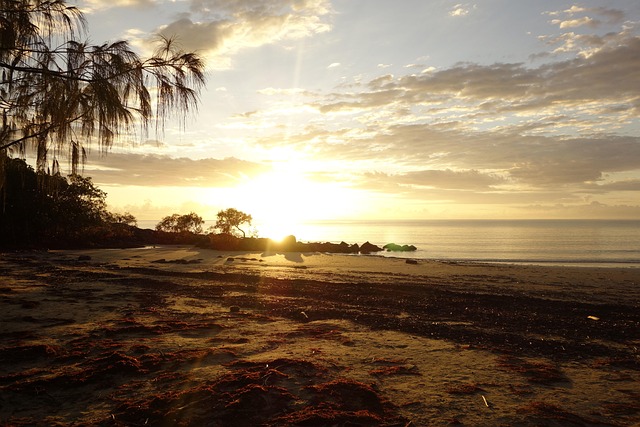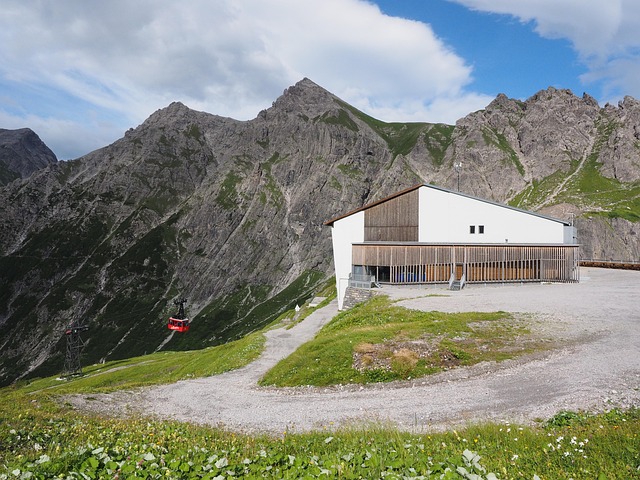Border cities offer a unique Real Estate landscape with diverse cultural influences, blending modern and historic architecture. Their appealing mix of communities, traditions, and regional tastes attracts both local residents and international investors seeking cross-border property opportunities. These cities experience high demand for properties with scenic views, easy access to neighboring countries, and cultural amenities, while mixed-use developments thrive. However, navigating regulatory hurdles, currency fluctuations, and varying markets are key challenges for sustainable growth. The Real Estate scene in these regions benefits from cultural diversity, fostering innovation, inclusivity, and a rich community experience.
In the heart of a dynamic border region, a unique urban environment thrives—a city that embodies a vibrant blend of cultures from both sides. This binational culture creates a captivating and diverse landscape, shaping real estate trends in remarkable ways. From cross-border investments to community development strategies, understanding this intertwined fabric is key. Explore how the rich cultural tapestry influences local markets, fosters community growth, and presents exciting opportunities for real estate enthusiasts.
Understanding Binational Culture: A Unique Urban Environment

Border cities, situated at the crossroads of nations, often boast a rich binational culture that shapes their unique urban environment. This cultural blend is particularly evident in real estate trends and neighborhoods, where homes reflect a fusion of architectural styles from both sides of the border. Locals embrace this diversity, fostering communities that celebrate shared traditions while embracing distinct regional tastes.
The result is a vibrant tapestry of real estate offerings, ranging from modern developments that cater to contemporary lifestyles to historic properties preserving cultural heritage. This binational culture not only enhances the beauty and charm of these cities but also creates a dynamic market for property investors seeking cross-border opportunities.
Real Estate Trends in Border Cities: Opportunities and Challenges

Border cities, with their unique binational allure, are experiencing dynamic real estate trends that present both opportunities and challenges. These urban centers, situated along international boundaries, often attract a diverse range of buyers, from dual-national families seeking proximity to their ancestral homes to investors looking for cross-border investment prospects. The result is a vibrant market characterized by high demand for properties offering stunning panoramic views, easy access to neighboring countries, and cultural amenities that celebrate the region’s heritage.
One notable opportunity lies in the development of mixed-use projects that seamlessly blend residential, commercial, and recreational spaces, catering to the needs of both local residents and cross-border visitors. However, challenges such as regulatory complexities, fluctuating currency rates, and varying local real estate markets require careful navigation. Investors and developers must stay abreast of these factors to capitalize on opportunities while mitigating risks, ensuring sustainable growth and a thriving real estate landscape in border cities.
The Impact of Cultural Diversity on Community Development

In border cities with a binational culture, cultural diversity is a driving force behind unique community development. The presence of diverse communities often fosters an environment that encourages innovation and creativity in various sectors, including real estate. Developers and designers are inspired to create spaces that cater to a multitude of tastes, needs, and lifestyles, leading to vibrant neighborhoods. For example, these cities might feature mixed-use developments with a blend of residential, commercial, and cultural amenities, ensuring that every resident has access to services tailored to their heritage and preferences.
The impact extends beyond architecture; it permeates social dynamics. A diverse population promotes cultural exchange, where residents learn from one another, share traditions, and create new customs. This fosters an inclusive atmosphere, enhances local businesses, and strengthens community bonds. As a result, border cities become attractive destinations for individuals and families seeking not only economic opportunities but also a rich cultural experience that is reflected in their daily lives and surroundings.






